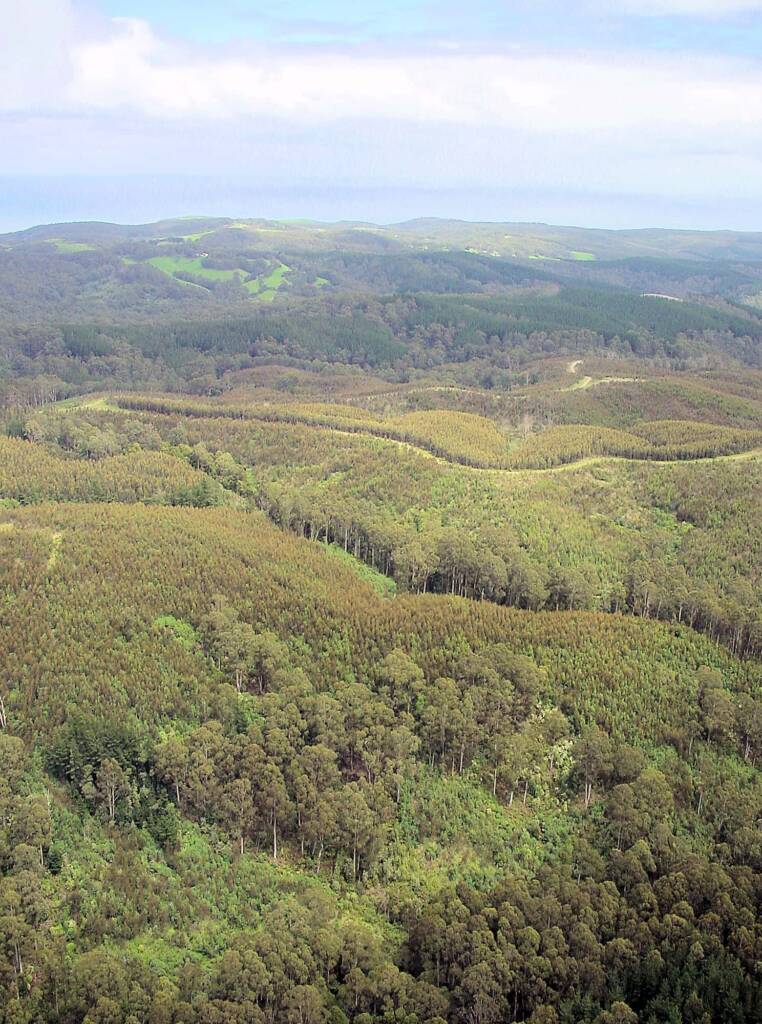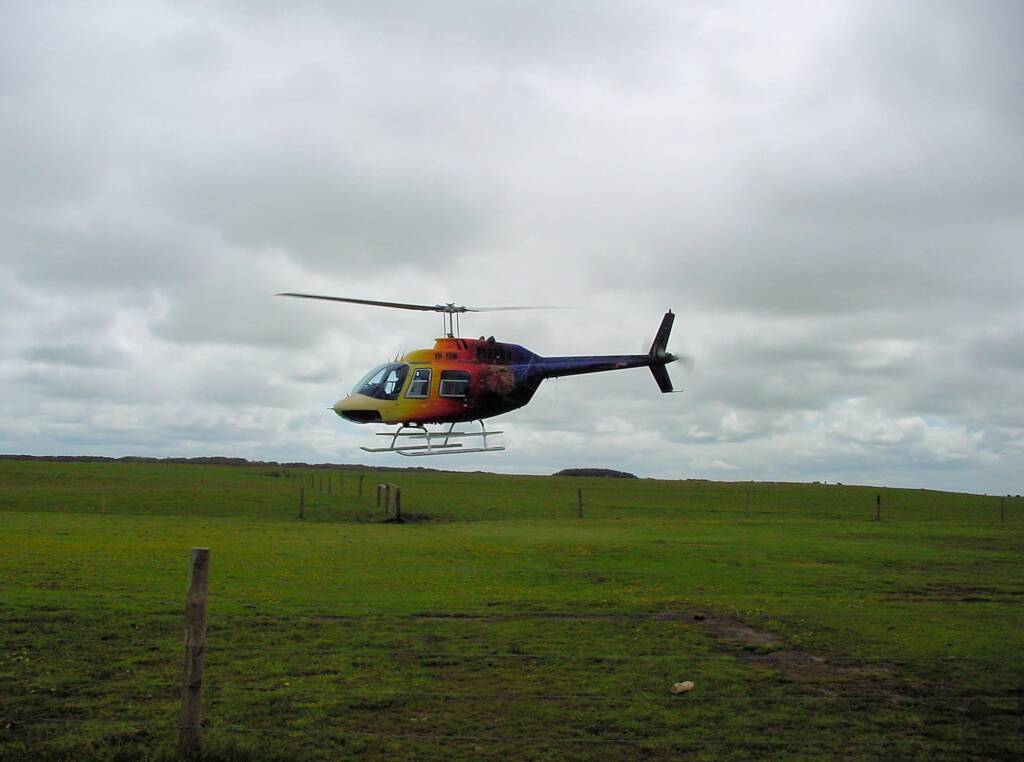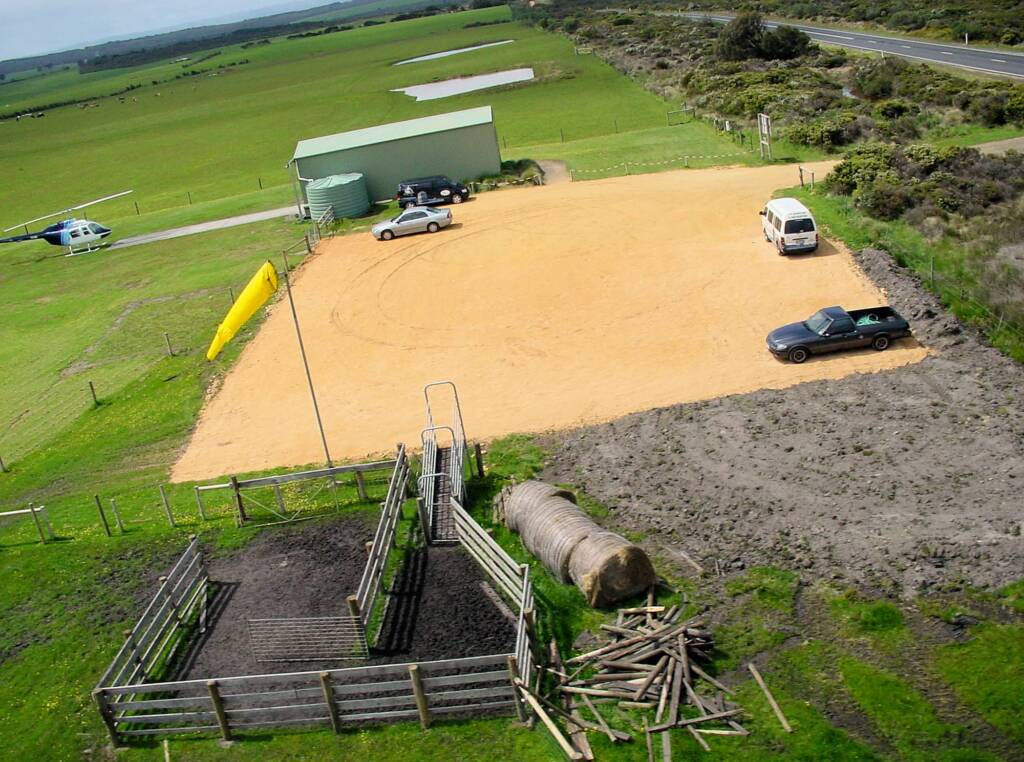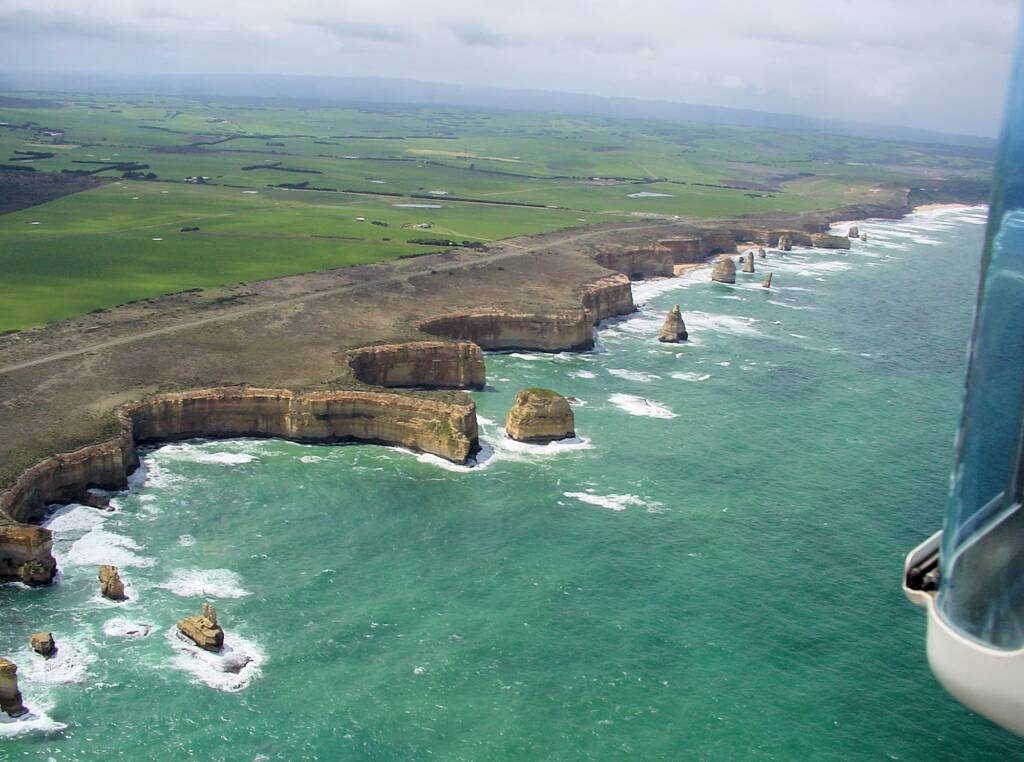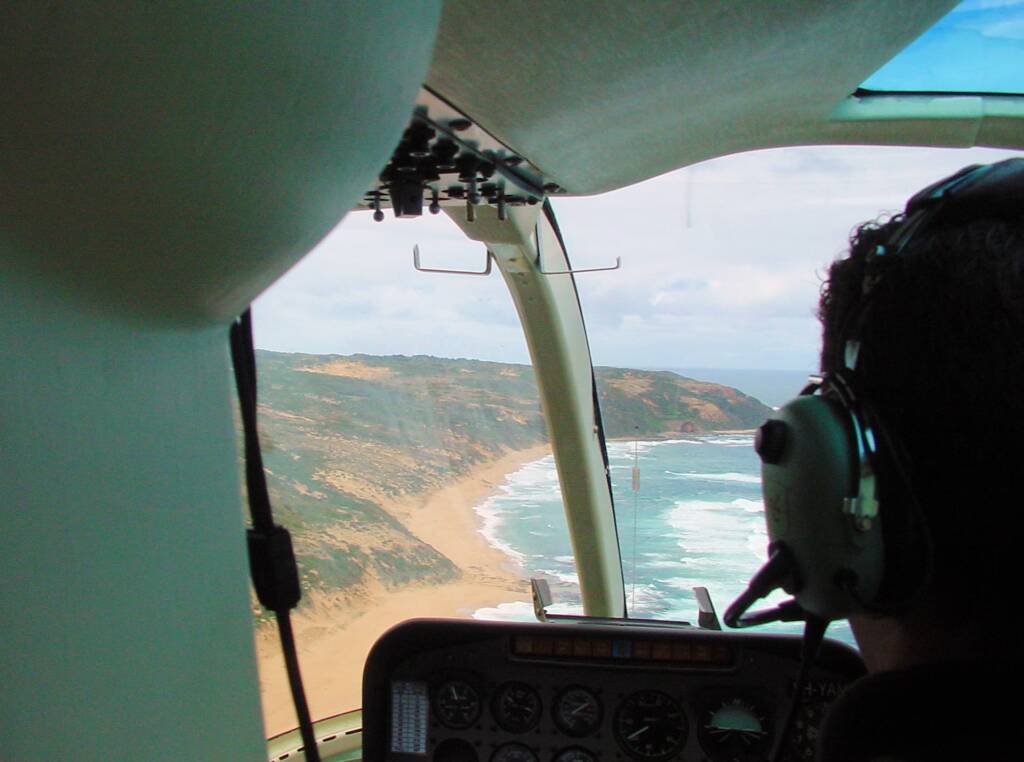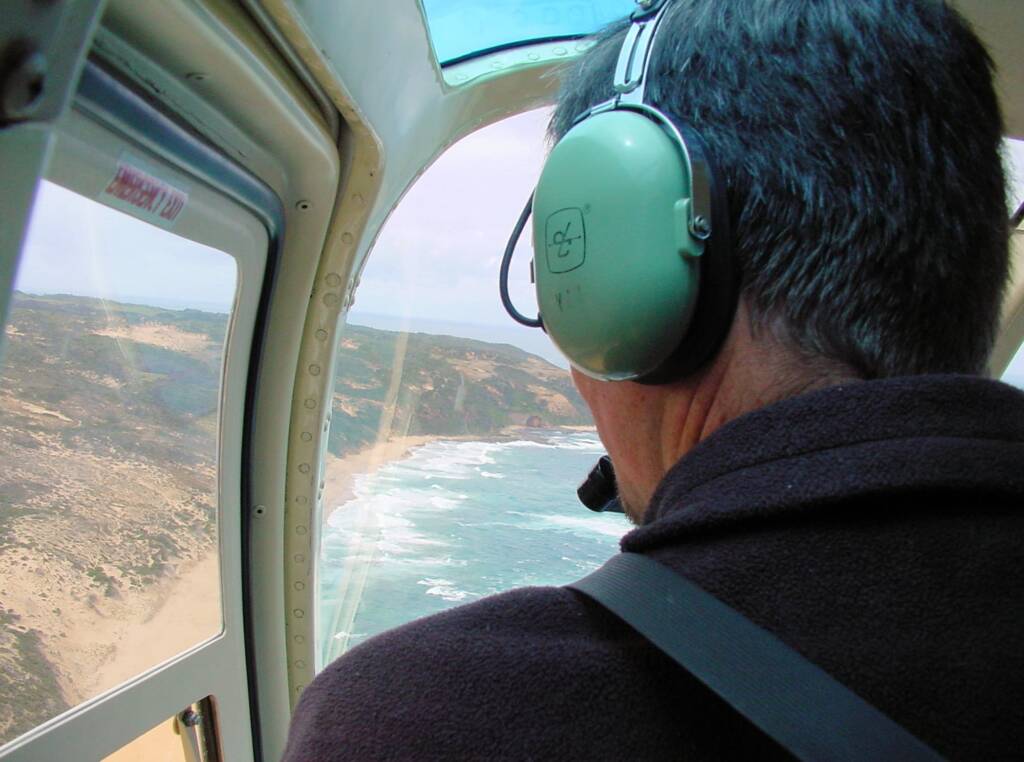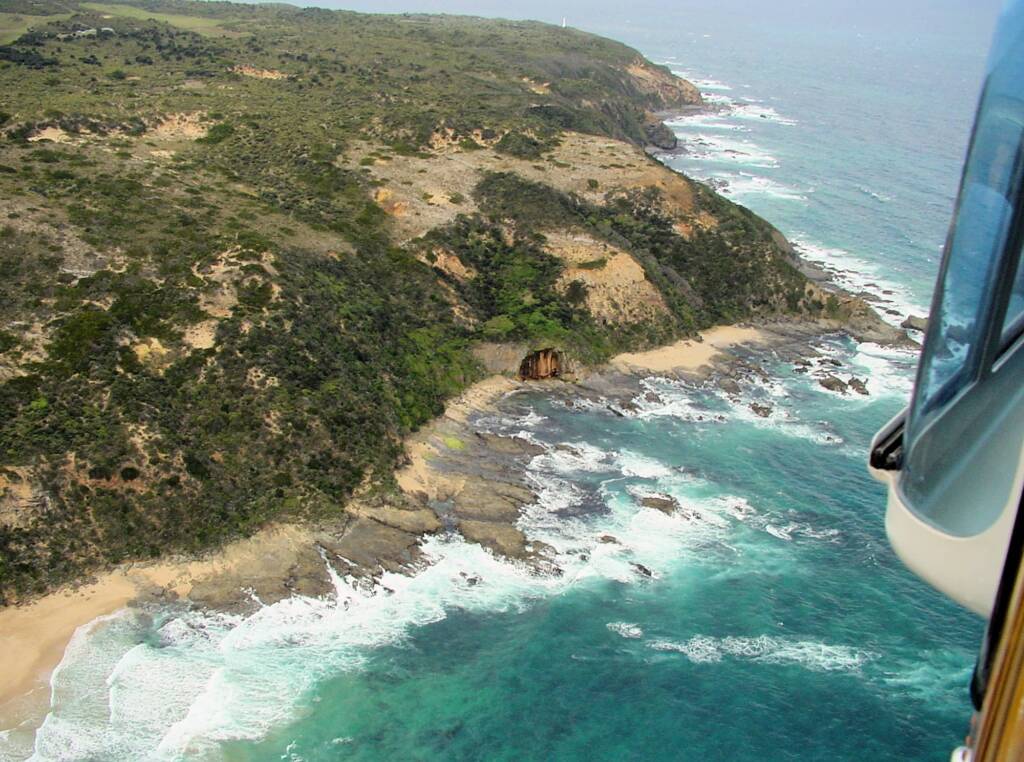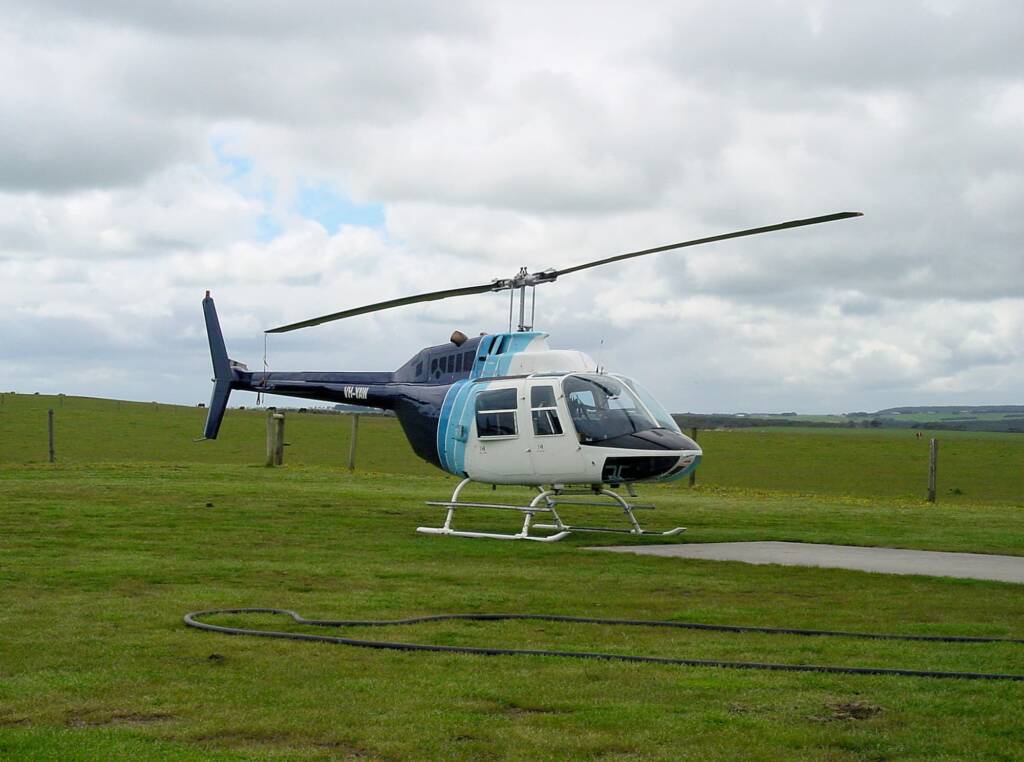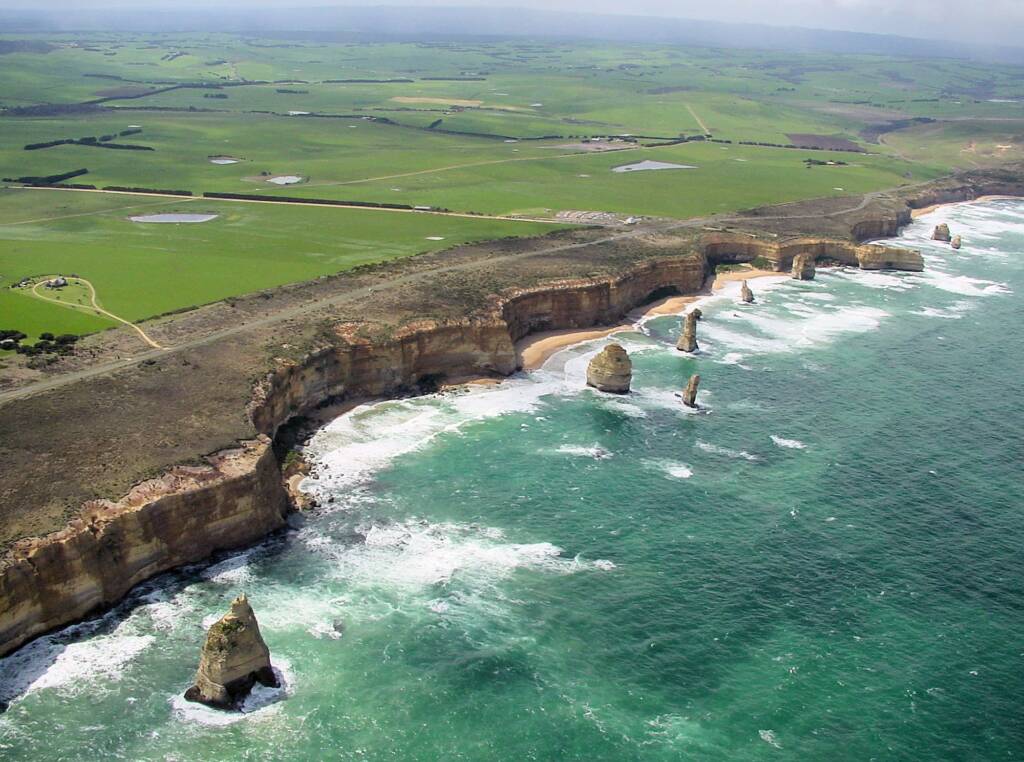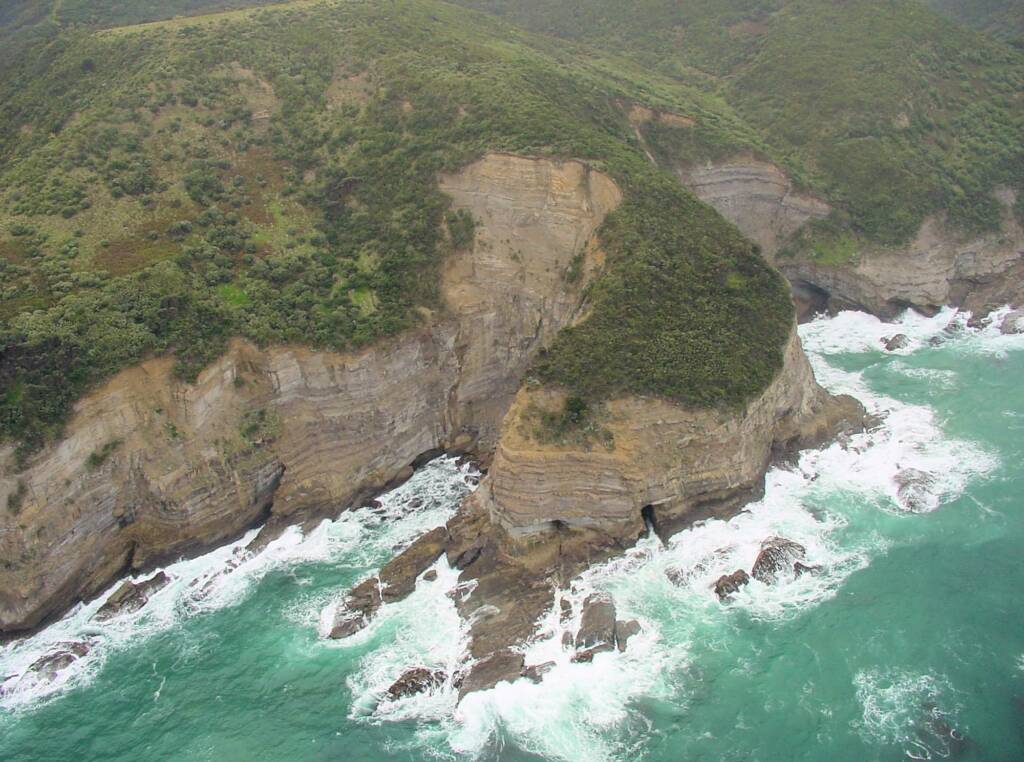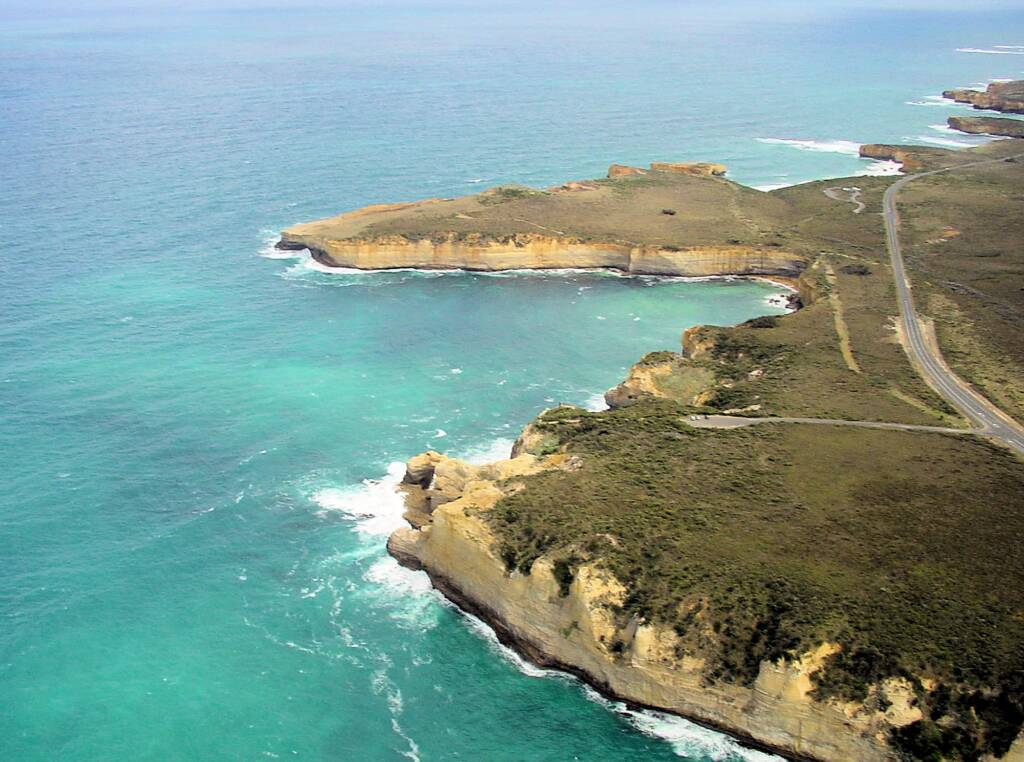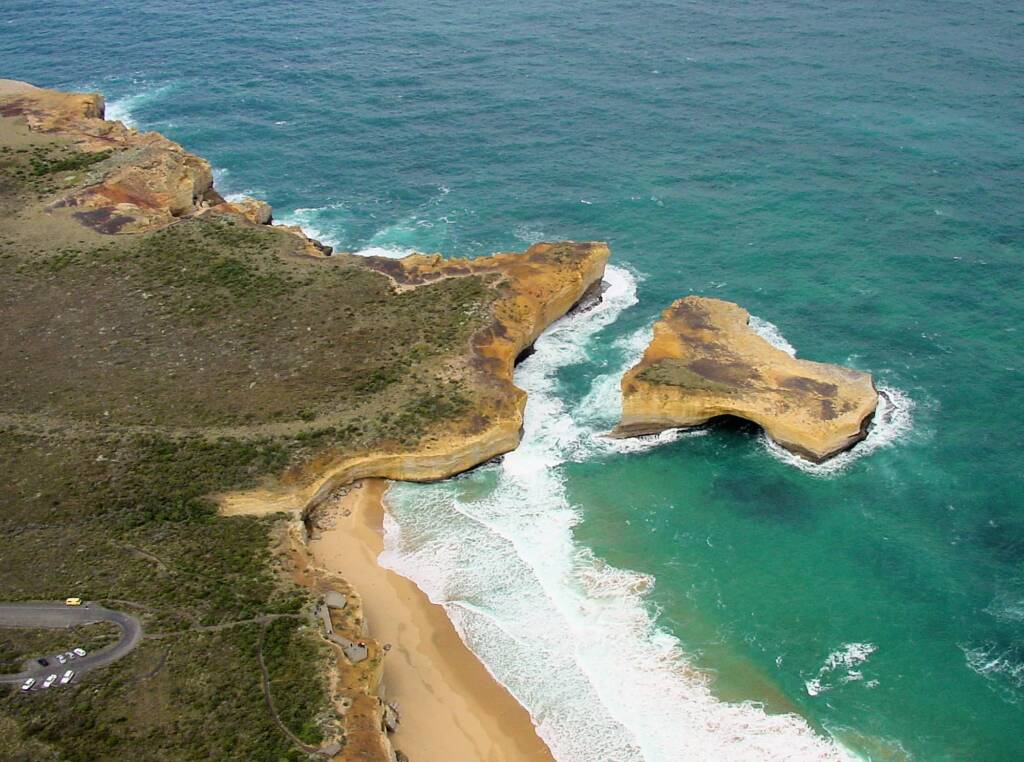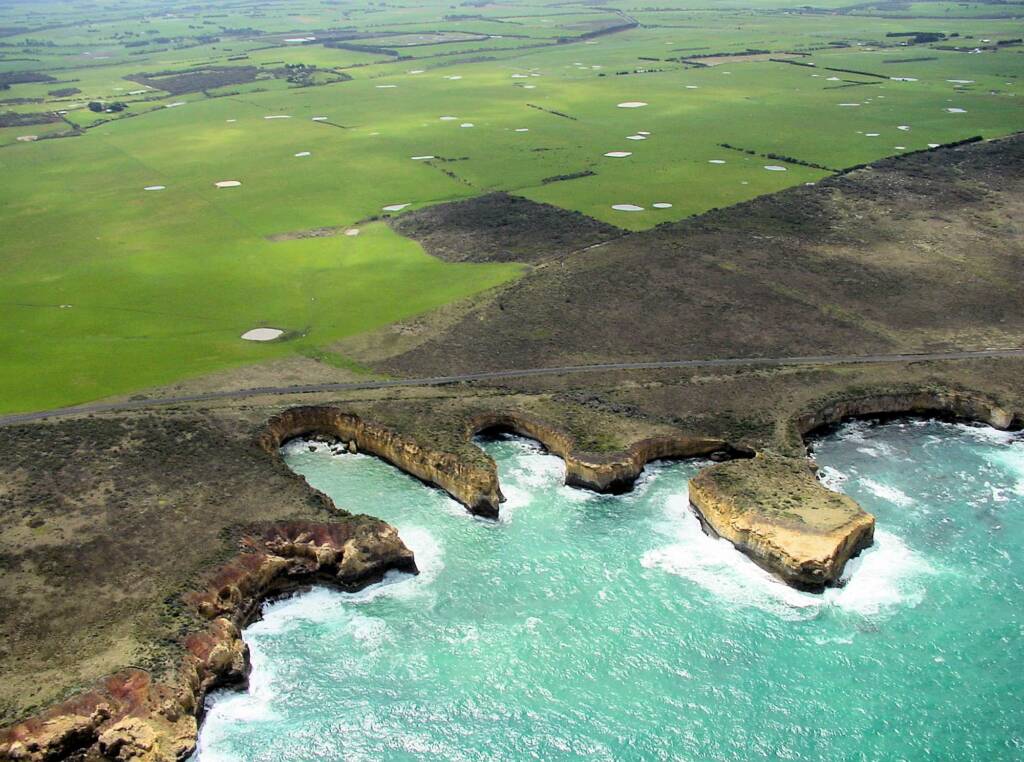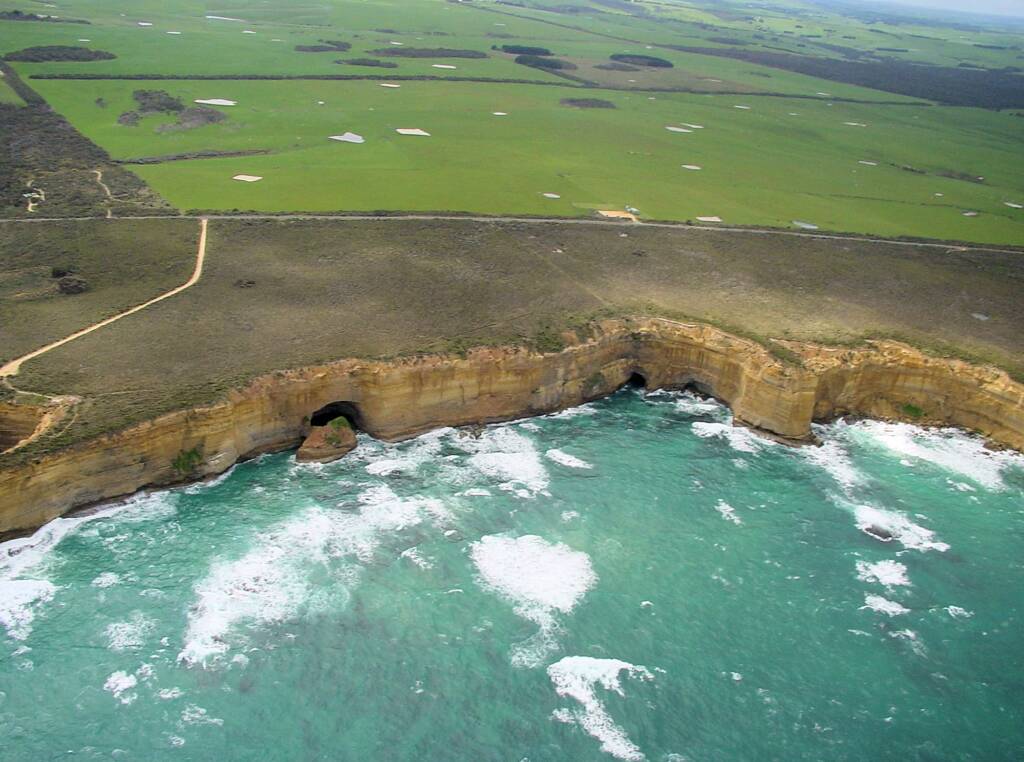Great Ocean Road > Cape Otway Lighthouse | Loch Ard Gorge | The Blowhole | London Bridge
One of Australia’s most famous and scenic coastal drives, the Great Ocean Road is an Australian National Heritage listed 243-kilometre stretch of road along Victoria’s south-eastern coast of Australia between the Victorian cities of Torquay and Allansford.
This spectacular coastal route has been enjoyed by millions, with many doing the drive from east to west, as that puts you closer to the ocean. Of course a round trip can double your pleasure.
The drive winds some 243 km along the south-western coast of Victoria, around rugged cliffs, windswept beaches and tall bluffs, passing through towering eucalypts and lush rainforest, as well as some idyllic and interesting towns along the way.
Starting from Torquay, just south of Geelong, you can travel the entire route to Allansford, just east of Warrnambool, with breaks along the way to experience some of the great attractions and activities, whilst staying at any number of a variety of accommodation options.

The Great Ocean Road overlaps with part of the Shipwreck Coast, both offering a great adventure to be enjoyed together, if you can take the time to experience this part of Victoria.
A really popular section of the drive is in the Port Campbell National Park, and featuring a collection of amazing limestone sculptures, including the famous Twelve Apostles, London Bridge and Loch Ard Gorge. Other highlights of the drive include the section through the forests of the Otways Ranges, between Apollo Bay and Lorne. The road officially starts at Torquay and ends at Warrnambool, with the road continuing allong the coast to Portland. En-route you can visit the resort town of Lorne and the historic Port Fairy, west of Warrnambool.

Originally called ‘The Sow and Piglets’, with Mutton Bird Island (located at the mouth of Loch Ard Gorge) being the Sow and the ‘Twelve Apostles’ were the piglets. Although it is not clear why the name ‘Twelve Apostles’ came about, the name was adopted in the 1960s as a more tourist friendly name. There were actually only 13 limestone stacks that qualify as the Apostles, although only eight of them are to be seen from the main viewing platforms. Number nine crumbled on its own in 2005.
There is a Loch Ard map of the area that can be downloaded from the Visit 12 Apostles official site.
A tentative itinerary…
For those with limited time, a small group tour leaving from Melbourne is the way to go to discover the breath-taking scenery of the Great Ocean Road, exploring Victoria’s south-west coast. Your drive through the Otway Rainforest, taking in the 12 Apostles rock formations, with a stop at Loch Ard Gorge where you can discover the intriguing story of Victoria’s most tragic shipwreck that gave the gorge its name.
When you leave Melbourne’s city centre and the docklands area, the Melbourne suburbs and Port Phillip Bay can be seen from the top of Westgate Bridge. You are entering the volcanic western plains of Victoria where European settlers forged their way as far as the Otway Ranges, establishing their homesteads and large sheep properties. You then travel though Geelong and the port that was once the centre of trade during the goldrush era of the 19th century. A quick or leisurely refreshment stop at Winchelsea, through which the Barwon River runs on it’s way into the Bass Strait.
As you continue on your way, you will cross sheep and dairy farmland, whilst breathing in the air that comes from the southern oceans to the rainforest canopy.
The coastal drive offers a number of stops including the famous ‘London Bridge’ rock formation, and the opportunity to photograph the dramatic coastline breathe in deep the smell of the ocean air.
Port Campbell offers a great place for lunch, then a short drive to the ‘Shipwreck Coast’, where you can hear about tales of heroes and follies, of the many ships that have floundered along this wild coastline. There is the view of the ’12 Apostles’ ocean rock formations from a coastal boardwalk and a visit to the shipwreck site of ‘Loch Ard’ where two survivors struggled ashore amidst the wreckage.
Now the choice is ‘do I have to go back to Melbourne’ or ‘can I extend my holiday’ .
One of the great ways to see the Great Ocean Road is by air. A helicopter ride provides a different perspective and views stretching inland, back to the coastline and out to sea. The aerial views are indeed spectacular.
(click image to view full screen)
Great Ocean Road Flora & Fauna
The coastline of the Great Ocean Road is home to a wonderful range of flora and fauna. There is numerous resources about the flora and fauna including from the Victoria Parks pages.
A bird life paradise, there are plenty of places for the avid bird watcher. Among the birds that call the region home is the Rufous Bristlebird.
The rare and threatened Rufous Bristlebird is only found in Australia with a predominance along the coastal areas in south-western Victoria.
Found in coastal thickets near Jan Juc, Point Addis, Anglesea, Aireys Inlet, Wye River, Port Campbell National Park. Check out our Bird index with more information on the Rufous Bristlebird.


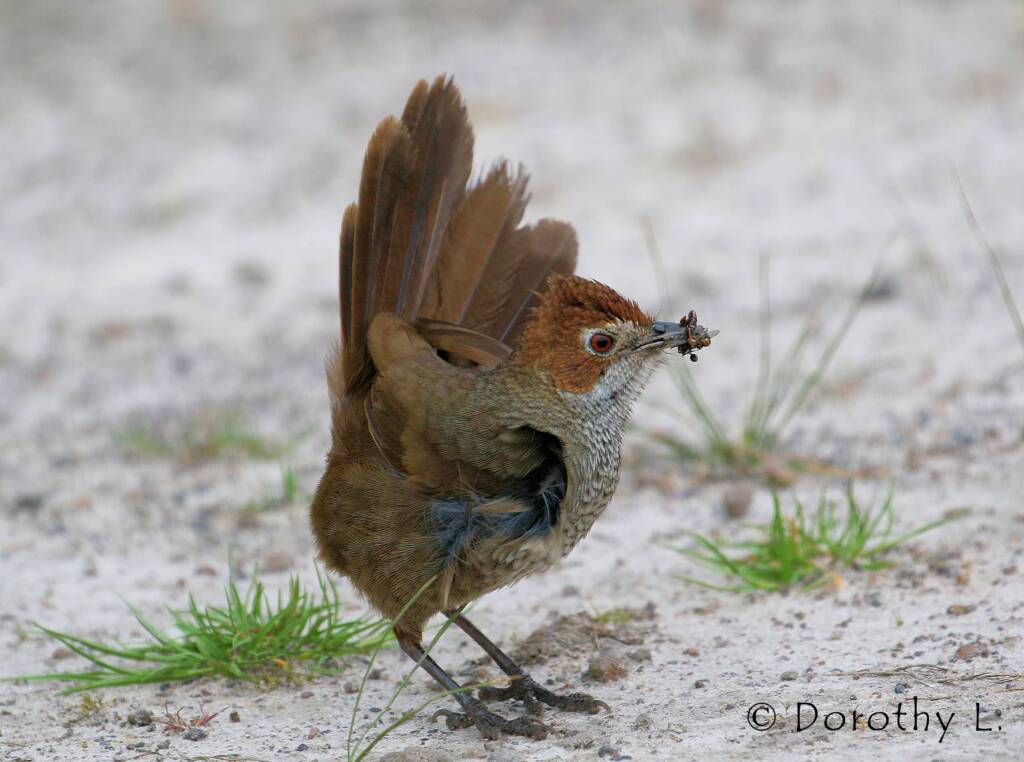
Footnote & References
- Great Ocean Road, Regional Tourism Limited, This website serves as a resource for the tourism industry in the Great Ocean Road Regional Tourism catchment area and related industry stakeholders.
- Great Ocean Road, Official site for the Great Ocean Road, www.visitgreatoceanroad.org.au
- I am 12 Apostles – Coast & Hinterland, Official site for the Great Ocean Road, www.visit12apostles.com.au
Great Ocean RoadCape Otway Lighthouse Loch Ard Gorge London Bridge
VictoriaAlpine National Park Bright Dinner Plain Falls Creek Glenrowan Great Alpine Road Great Ocean Road Kyabram Mount Beauty Mount Buffalo Mount Hotham Mountain Creek Phillip Island Sullivans Lookout Victorian Alpine Region Victoria’s High Country Wilsons Promontory National Park



